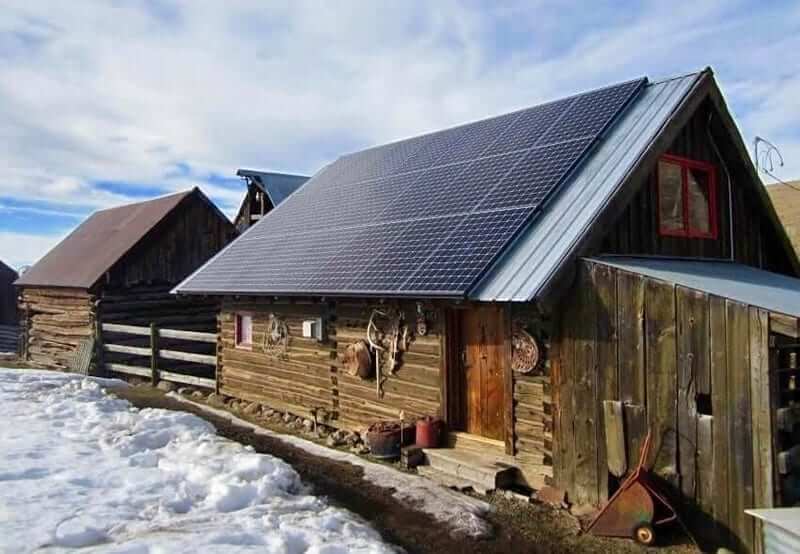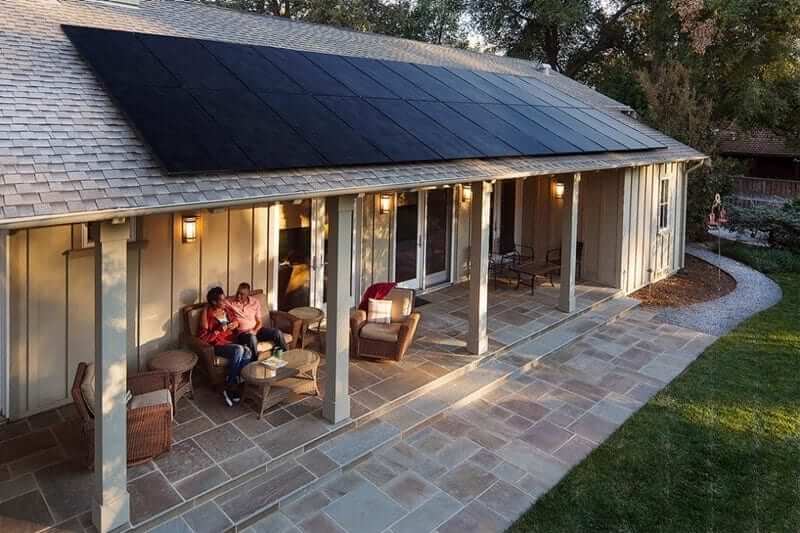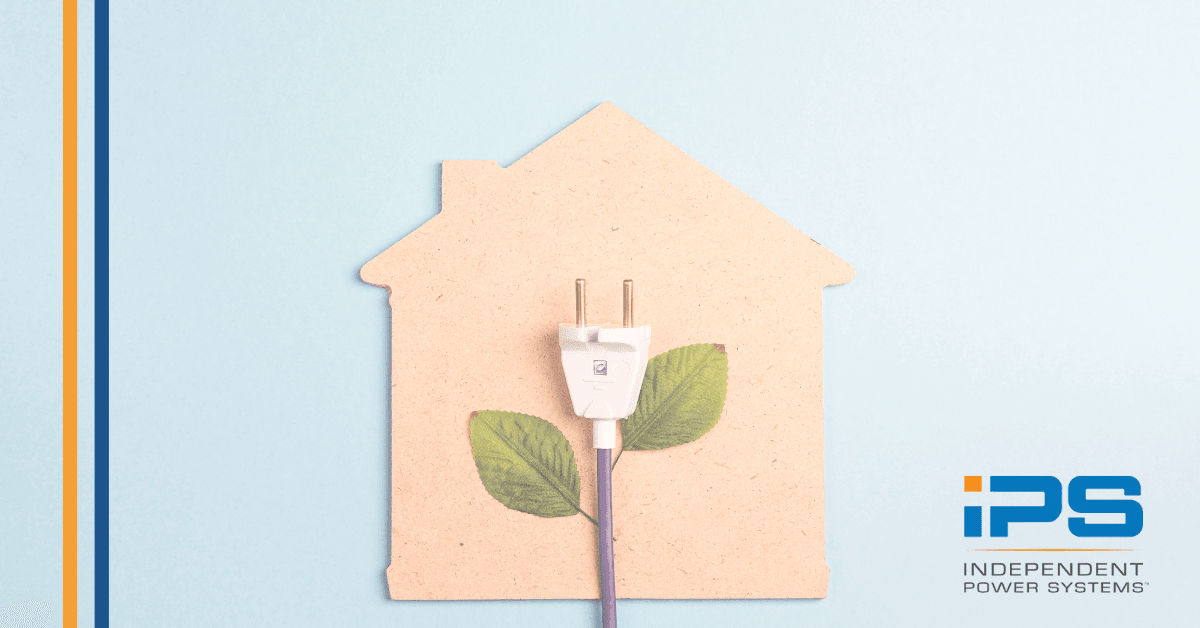A Close Call for Solar Net-Metering in Montana
On November 25th, 2019, the Montana Public Service Commission (PSC) voted a unanimous 5-0 to reject a crucial component of a rate change proposal brought forth by NorthWestern Energy, the largest utility in the state. If the proposal had been accepted, any new NorthWestern Energy net-metering customers would be subject to an additional demand charge. This includes first-time solar buyers, current solar customers who decide to expand their system down the road, and homebuyers who purchase a home with an existing net-metered system. Current net-metering customers would be grandfathered in and would not be subject to the proposed charges.
The rate change proposal stoked well-founded concern that it would limit or kill the growth of the rooftop solar industry in Montana, and many organizations and individuals offered evidence and opinions in opposition.
As put by Andrew Valainis, executive director of the Montana Renewable Energy Association, “Montanans value self-reliance and resilience, two important benefits of rooftop solar and other distributed generation systems. We are thrilled at the ruling, which is a win for Montanans and for small businesses in a growing industry.”
The PSC’s vote is an especially significant victory for solar advocates because similar battles are being waged around the country with some state and local solar policies, unfortunately, not faring as well. The solar boom of the last five years has been echoed by a surge in related policy actions as states and utilities adjust to the shifting energy landscape. Montana’s recent victory is an essential chapter in the evolving relationship of rooftop solar and utilities, and warrants a breakdown:
THE STATUS OF SOLAR IN BIG SKY COUNTRY
While Montana is not a national leader in terms of its solar capacity, the state has seen consistent growth over the last five years. As tracked by the Solar Energy Industry Association, the state is presently home to over 40 solar businesses, 274 local jobs, and well over $85 million in total solar energy investment.
The public is interested and supportive of renewable energy in Montana. For instance, Missoula, the second-largest city in the state, recently committed to an aggressive goal of 100% renewable energy by 2030.
These achievements have been propelled by a network of renewable energy organizations that tirelessly advocate and educate on solar energy opportunities in the state. The Montana Renewable Energy Association (MREA) has been the backbone of many such efforts, sharing information and organizing events for almost 20 years. MREA will be hosting its 10th annual Clean Energy Expo next year.
The growth of solar is directly tied to its improved affordability. Driven by technology improvements and economies of scale, solar prices have dropped by nearly a third in the last five years in Montana. Solar companies have seen a surge of interest as the payback period for solar installations continues to shrink and consumer preference tends greater and greater towards low or zero-carbon alternatives. A decade ago it was common for solar customers to have been specifically interested in promoting renewable energy but increasingly new customers are motivated by economic reasons alone.

SOME CONTEXT FOR THE NET-METERING CASE
To appreciate the full story, we need to understand the background of where this threat to solar came from and the two main actors in the rate case, the Montana Public Service Commission and NorthWestern Energy
The fate of solar in Montana rested in the hands of the five publicly elected commissioners of the Public Service Commission (PSC). The PSC helps execute the policies of the Montana legislation that relate to public utilities, including the critical role of setting rates for electric utilities.
The electricity provider is decided by where you live in Montana, and most urban areas in the state are served by an investor-owned utility, like NorthWestern Energy. The South Dakota headquartered NorthWestern Energy provides service to 349 cities in the western two- thirds of Montana and is the largest utility in the state. The PSC is required by law to set rates that are fair to the customers while also guaranteeing reasonable profits to the investor-owned utilities. In essence, they decide NorthWestern’s profit margins.
However, this is not the first time the utility has threatened solar development in Montana. In 2016 it successfully persuaded the PSC to suspend a federal law that required utilities to buy power from alternative energy facilities with guaranteed rates set by the state. A hot mic actually caught one of the PSC commissioners admitting the rate cuts would kill future solar development. A Montana judge faulted the PSC for making solar projects uneconomical, and state regulators were required to come up with a new fair pricing scheme.
This recent story is centered on the rate increase proposal submitted by NorthWestern Energy in September 2018. Such a proposal is called a “general rate case,” and has similarities to a court case, with the PSC acting as judge. Like a court case, there is a burden of proof the utility must demonstrate to justify an increase in rates. In this rate case, the first by NorthWestern in ten years, they were asking for an increase of $34.8 million. A small portion of that increase, the changes to net-metering customers, raised the alarm for solar advocates.
THE TARGET: NET METERING
Net metering refers to power generating systems that send energy back to the grid when there is an excess. In Montana, this includes about 90% solar, with the remainder being small wind installations. Utilities give customers credits for the energy they provide that can then be applied to their electric bill. Traditionally the value of the credit is the retail rate of the energy, meaning the rate the utility is currently charging for the energy. Of NorthWestern Energy’s 370,000 clients, only about 2,100 are net meter customers.
In NorthWestern Energy’s rate case, they proposed creating a new customer class for net meters. This new class would have an additional demand charge, which meant a special higher rate would be applied to the single hour of highest use during each month. Demand charges are commonly used for large industrial customers, but this would have been a first for NorthWestern’s residential customers. Demand charges for homeowners with solar is a relatively new precedent. The most recent example is a Kansas utility that won regulatory approval for solar targeted demand charges.
In their rate case, NorthWestern Energy contended that it significantly overpays for the energy that net meter customers return to the grid. This claim was supported by a 40-page cost-benefit analysis prepared by a third-party analyst, which showed that energy being returned was a third of the value credited by the utility. Utilities can generate electricity much cheaper than the retail rate they charge, so paying that rate for net meter energy does come at a loss. The argument made by NorthWestern, and other utilities, is that the non-net meter customers have to shoulder that burden. They claim that the average customer pays more to support the money lost to net meter customers.
THE DANGER OF DEMAND CHARGES FOR SOLAR
Changing electric utility rates does not happen quickly, and many identified the net meter changes as a threat to solar development and got involved in the process. The Montana Renewable Energy Association (MREA) and Vote Solar became formal intervening parties in the process to advocate against those changes. The proposed demand charges had the potential to extend the payback period for a solar installation by a decade or more, making new development much less appealing. Additionally, the way the demand charge was designed, it would be very difficult for customers to monitor and attempt to reduce it.
One net metering resident did the math using the rates in the proposal and found his solar panels would actually cost him money under the new scheme. His monthly rate would be less expensive if he had no solar panels. Even if it was still cheaper, the reduction in savings threatened to stagnate Montana’s solar market. The second-largest utility in Arizona passed similar demand charges, and solar companies reported a sharp drop in business.
THE VOTE
Taking into consideration the evidence brought by MREA and Vote Solar, as well as many individuals who added their opinions through public comments, the board gave a unanimous rejection at 5-0. As put by commissioner Bob Lake “It is not a complete set of data that we can make a decision that’s going to impact so many people.” The Public Service Commission said that NorthWestern Energy did not provide enough information to justify the charge. The burden of proof had not yet been met. The door has been left open for NorthWestern Energy to return with stronger supporting evidence, but for now, the PSC adopted the recommendation of Vote Solar and MREA: that net metering will be maintained until it reaches 5% of the NorthWestern Energy’s peak load, still quite a ways off. It is currently estimated to be at around 1%.
This regulatory battle is not so much over, but more accurately postponed. The good news is that these challenges are happening because decentralized solar is growing enough that utilities have to plan accordingly. These growing pains will continue as more residents and businesses see the advantages of solar and utilities must evolve and adapt. As put by Lane Boldman, executive director of the Kentucky Conservation Committee, “The question isn’t, is solar good, the question is who’s going to own it and what way is it going to manifest itself?”
For more information on going solar in Montana, call Independent Power at (303) 443-0115 today.


